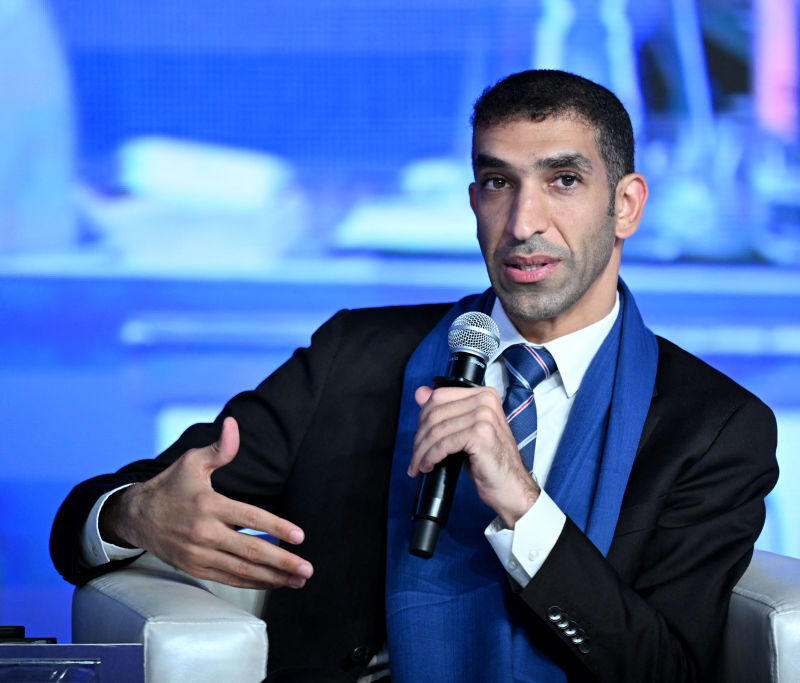
Marcus Yam / Los Angeles Times via Getty Images
Dead Sea rebounds from pandemic slump as tourist magnet for Jordan
Treacherous sinkholes have not deterred visitors seeking desert sun and medicinal mud baths at the lowest point on earth
SWEIMEH, Jordan – Jacqui Taylor Basker, an art historian from lower Manhattan, loved making annual trips to Jordan to teach college classes and visit the Dead Sea, where the desert air and mineral-suffused water provided relief from asthma and...



